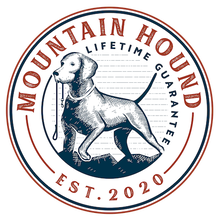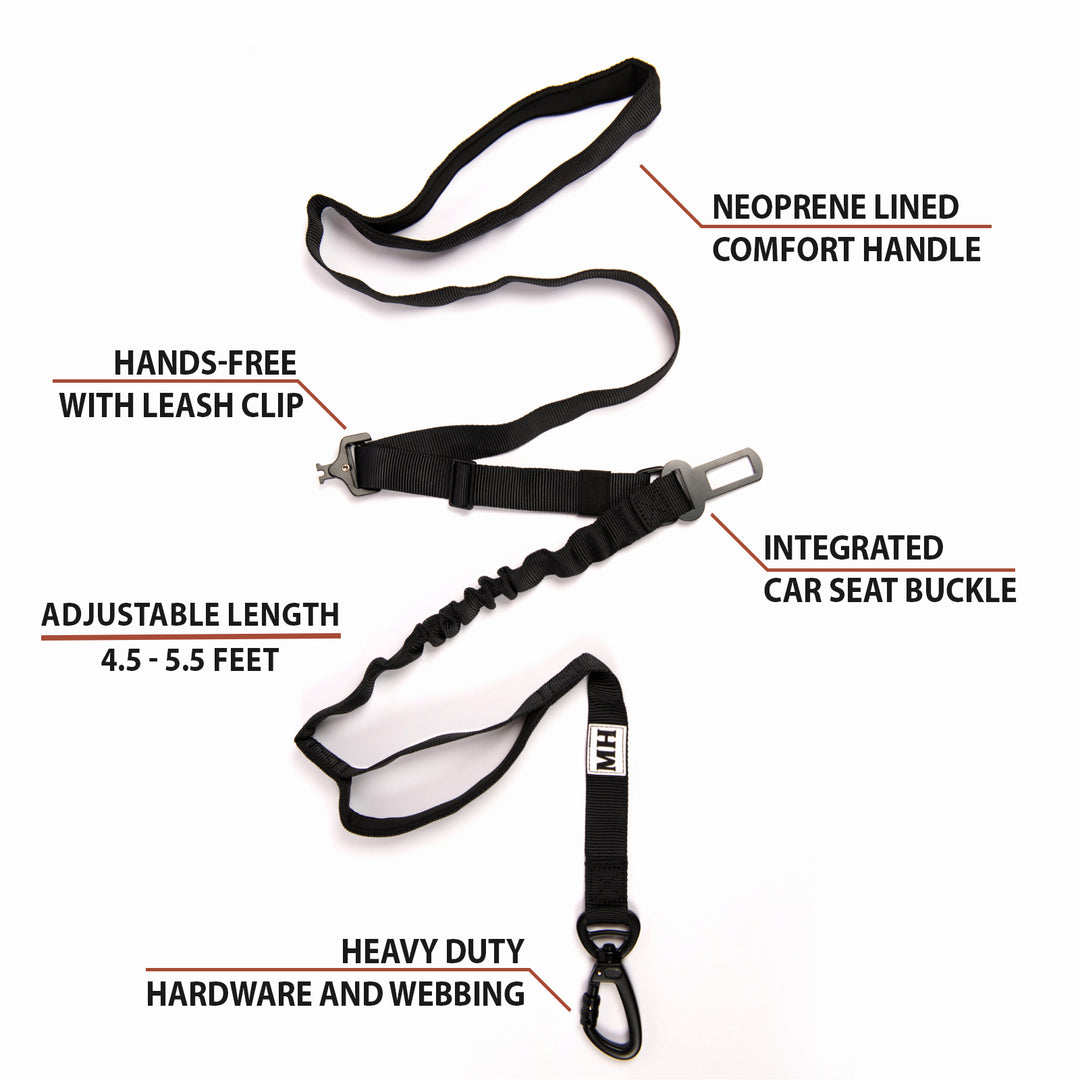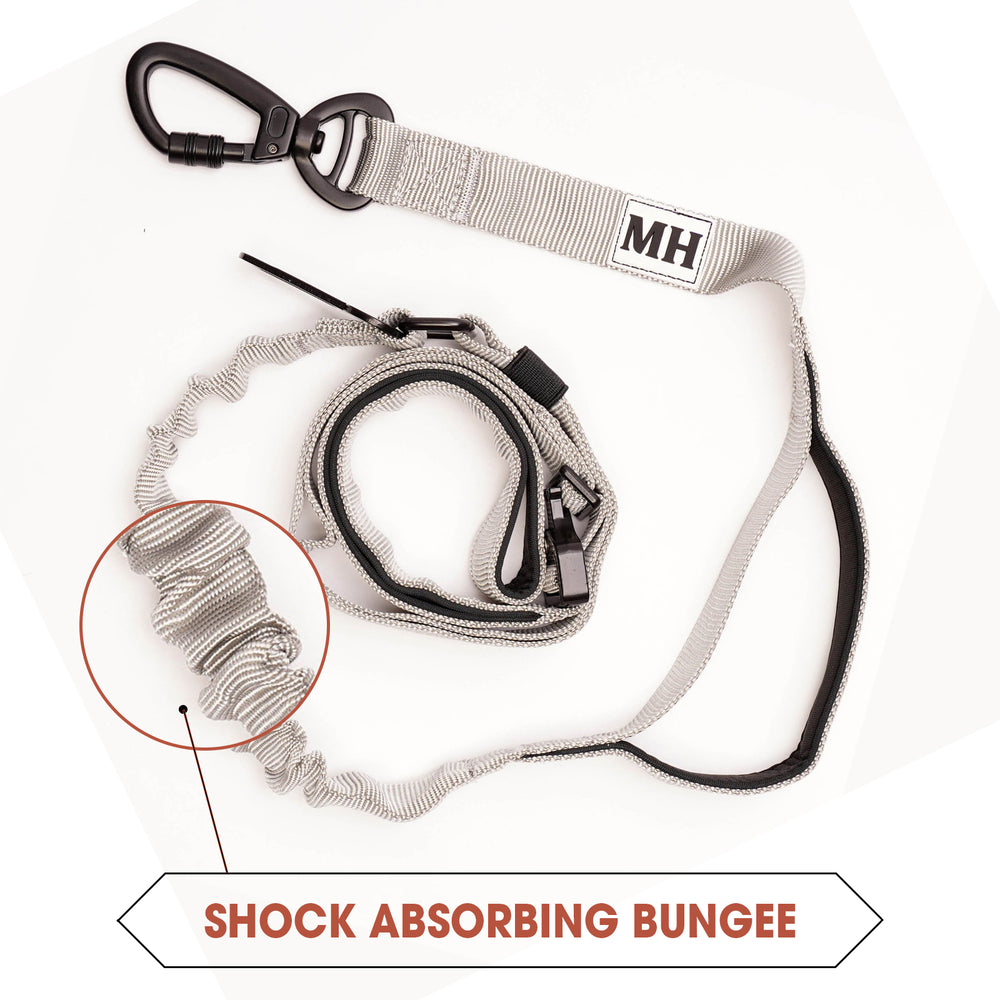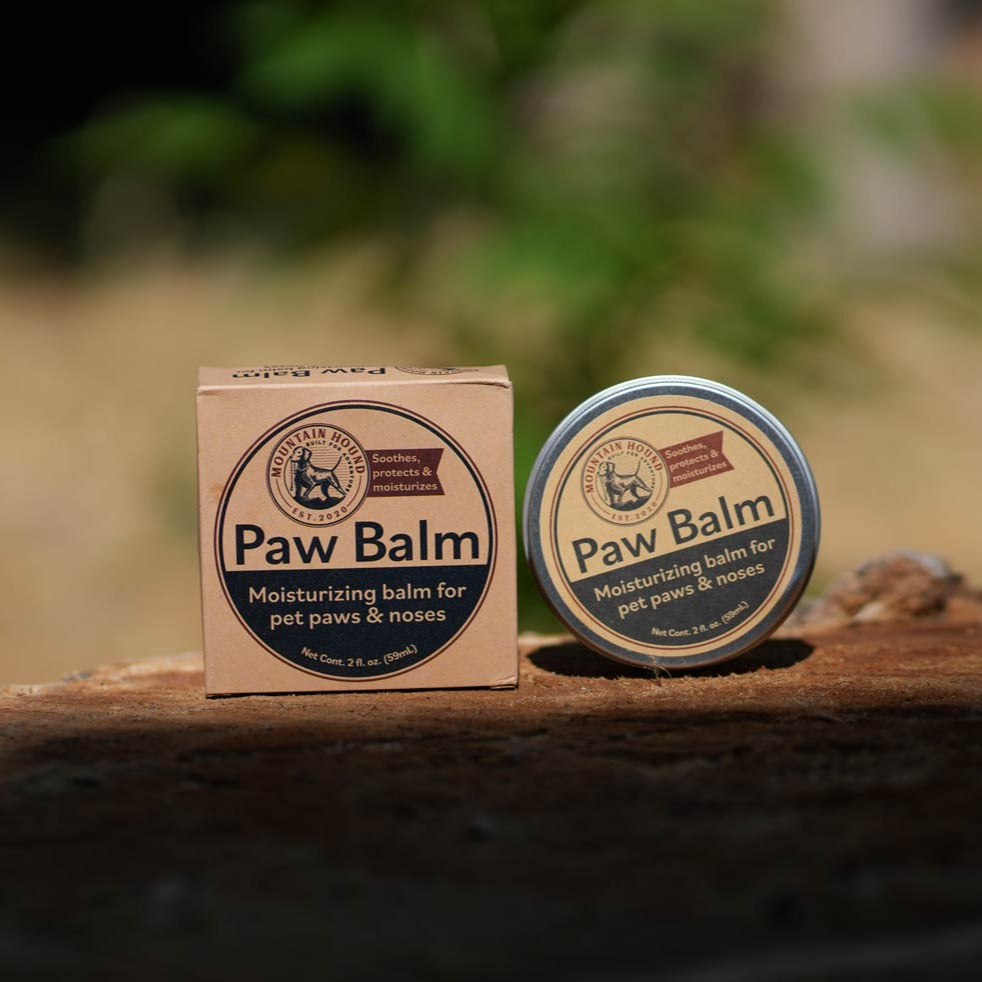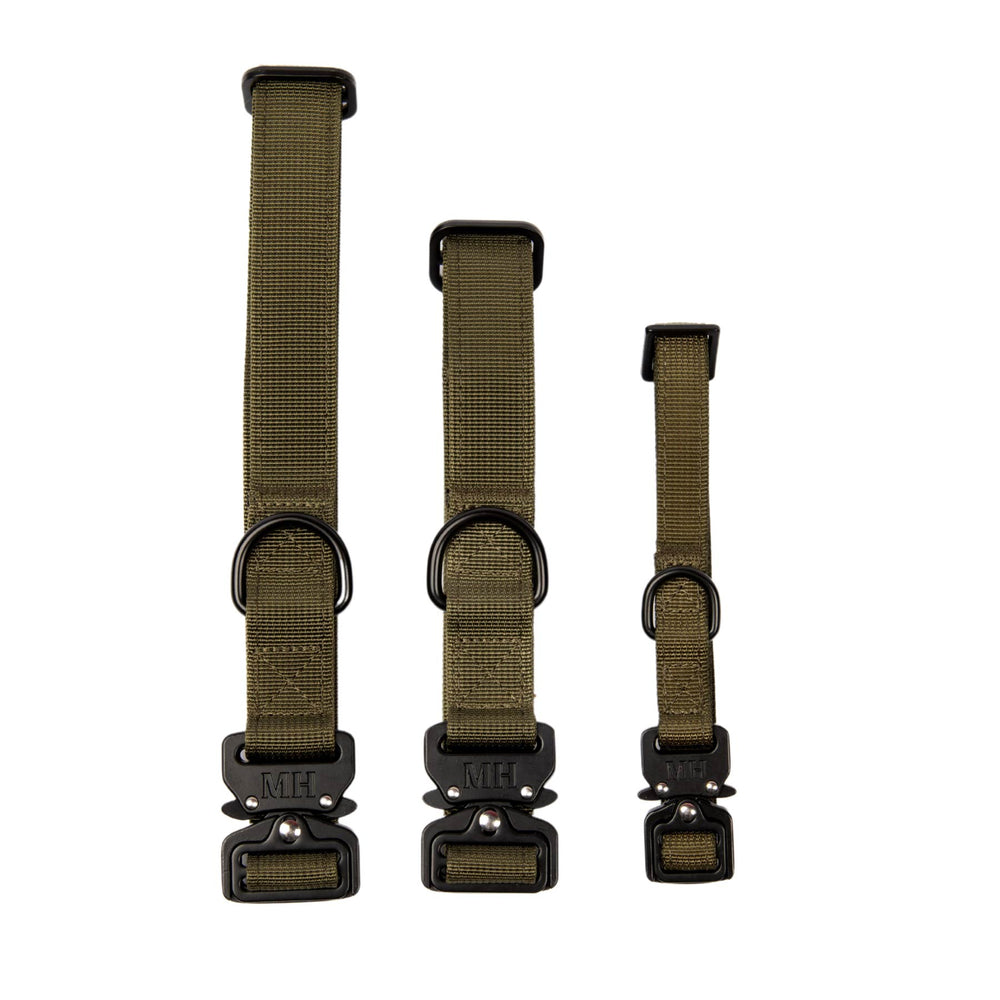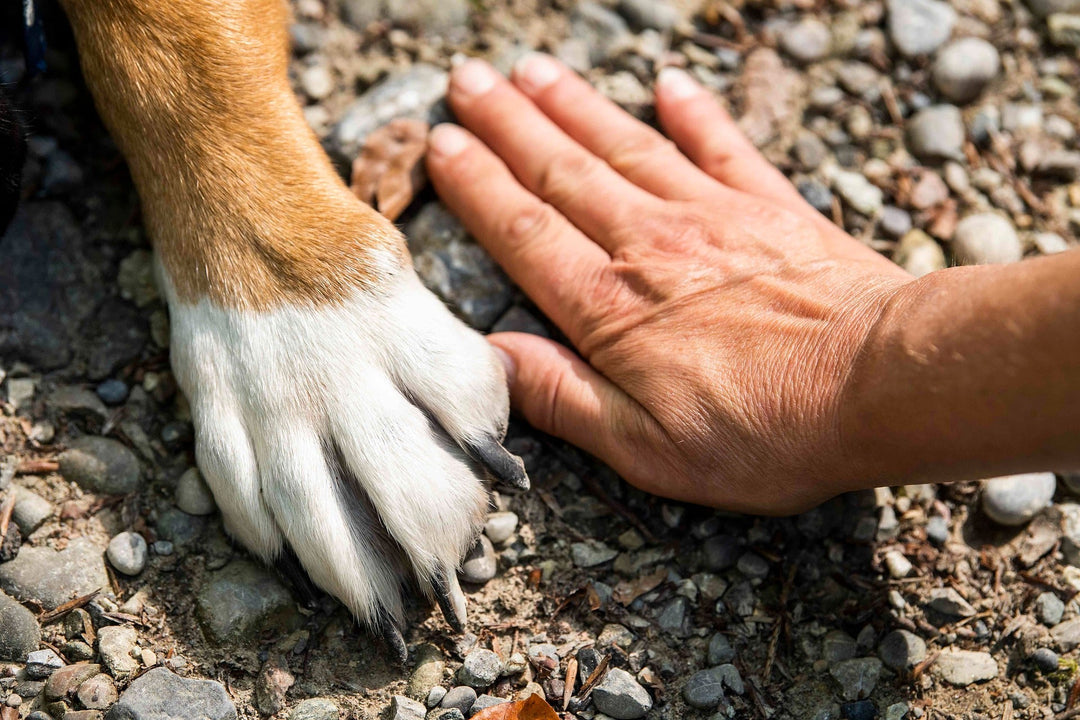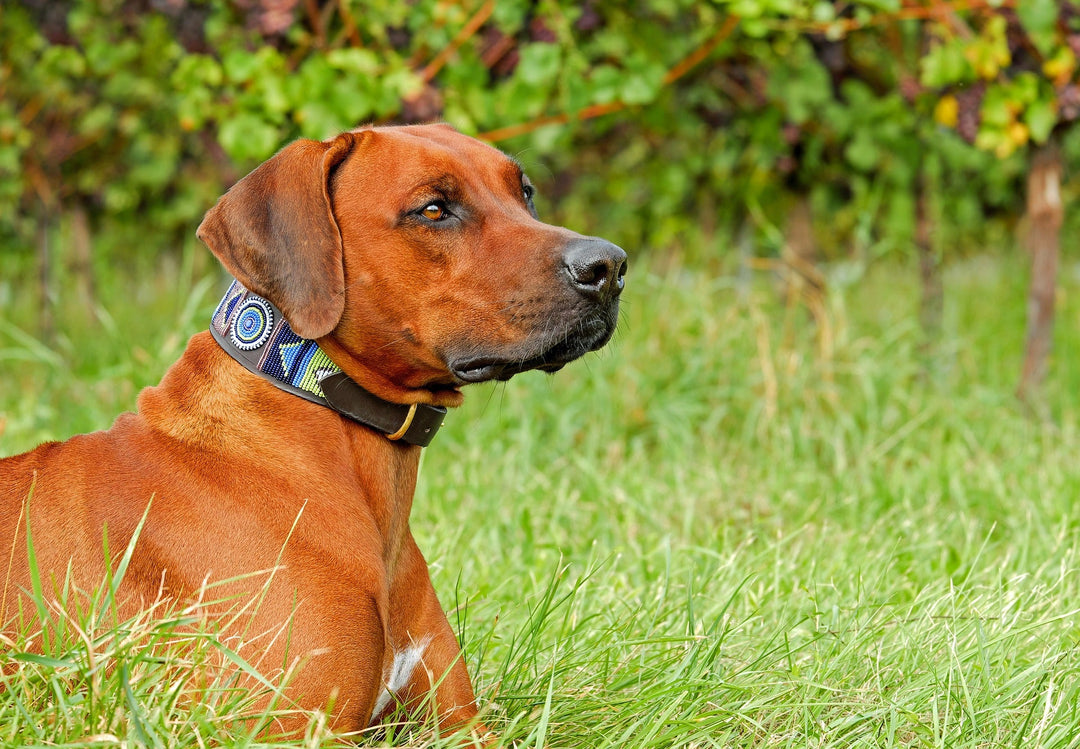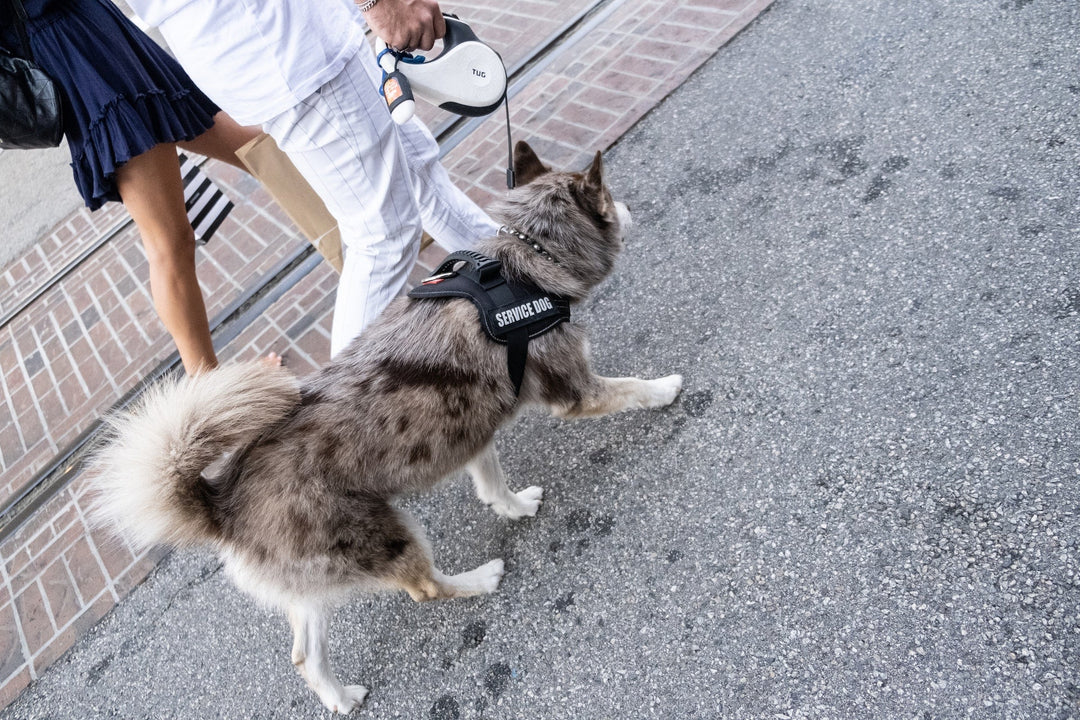Dangerous Dog Breeds
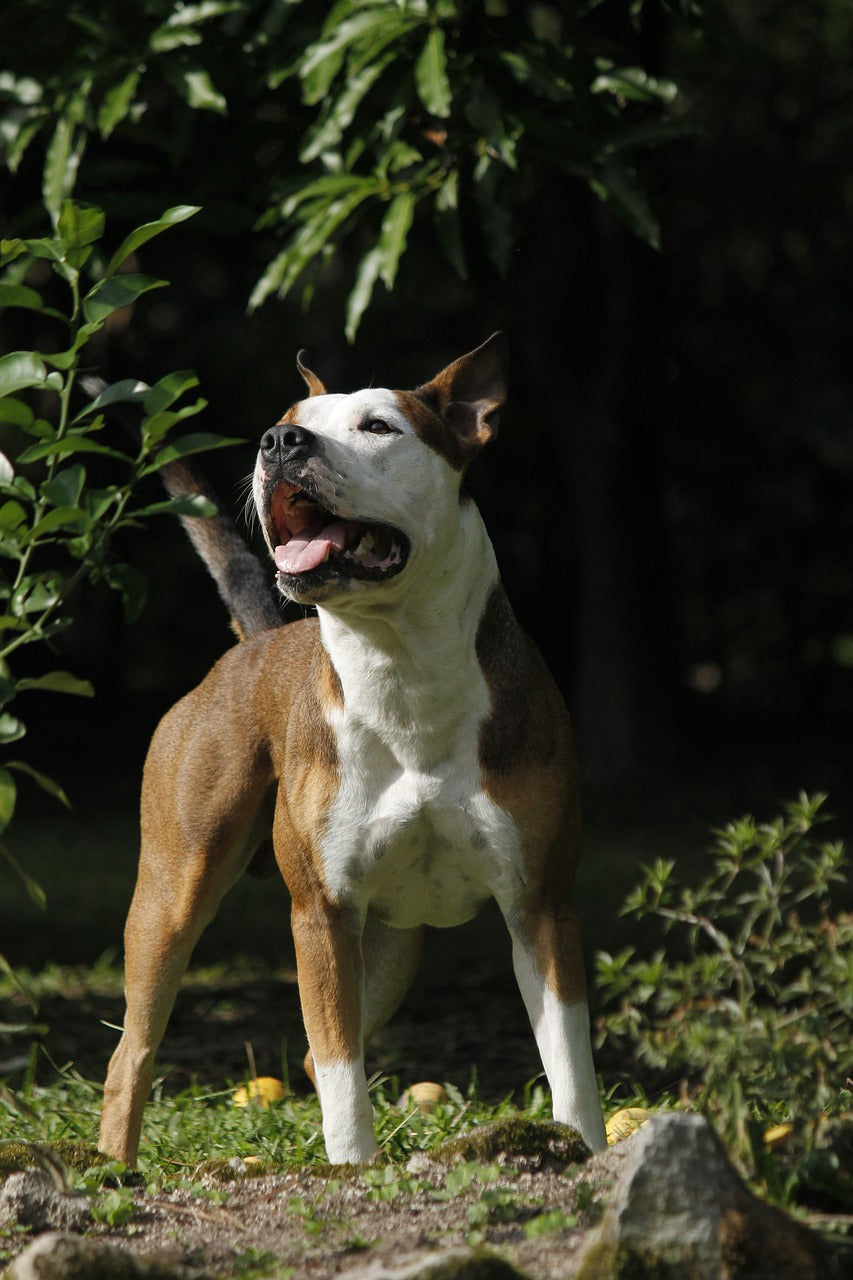
Historically, certain pedigree dog breeds have gained a reputation for being aggressive or prone to violent behavior. But is this stereotype fair? In today’s Mountain Hound blog, we'll explore the truth about dangerous dog breeds and why they are considered as such.
Are Certain Dog Breeds Born Aggressive?
It's important to understand that no dog breed is inherently dangerous or aggressive. All hounds, regardless of breed, have their own personalities and behaviors. However, certain breeds have been associated with a higher likelihood of aggressive behavior, usually due to a combination of factors from genetics to environment and upbringing.
According to the (AVMA) American Veterinary Medical Association, the most commonly identified "dangerous breeds" are Pit Bulls, Rottweilers, German Shepherds, Doberman Pinschers, and Akitas. However, it's worth noting that aggression can occur in any breed, even a pedigree dog, and that the label "dangerous" should only be applied on a case-by-case basis.
Why Certain Dog Breeds Are Considered Dangerous
Breed Purpose
A primary reason for the dangerous dog breed label is the reason for which the dog was historically bred; for example, guarding or fighting. Take the Pit Bull; originally bred for bull-baiting and dog fighting, this dog breed required a high level of aggression and tenacity. While modern-day Pit Bulls are typically friendly and loving, these breeding tendencies can, unfortunately, still manifest in these hounds today.
Dog Training & Socialization
Another factor is how the dog is raised and trained. A poorly socialized or unsupervised dog of any breed can become aggressive, especially if they experience abuse or neglect. Sadly, some people also deliberately train their dogs to be aggressive for monetary gain, such as illegal dog fighting.
Research shows a direct correlation between certain breeds and fatal dog attacks. A study by the (CDC) Centers for Disease Control and Prevention found between 1979 and 1998, Pit Bulls and Rottweilers were directly responsible for more than 50 % of all fatal dog attacks in the United States. However, it's worth noting that this data doesn't necessarily mean that these breeds are inherently dangerous, as other factors, such as the individual dog's temperament and the environment in which they were raised, also play a role. Even excessive inbreeding of dogs can lead to aggression or behavioral issues.
Another study published in the Journal of the American Veterinary Medical Association found that larger breeds tend to be involved in more fatal dog attacks because they are capable of inflicting more damage. Still, it's crucial to remember that size alone doesn't determine a dog's aggression level.
The Final Snap n Snarl
As pet parents, it's important to recognize that no dog breed is inherently dangerous. While certain breeds may have a higher likelihood of aggressive behavior, this can be mitigated through proper training and socialization. It's also essential to remember that each dog is an individual with its own personality and temperament. Understanding the facts and debunking stereotypes about dangerous dogs allows pet parents to make informed decisions about the pedigree dog breeds that are right for them and how to keep their furry hounds safe and happy.
Image by Tulia Colombia Torres Hurtado from Pixabay

